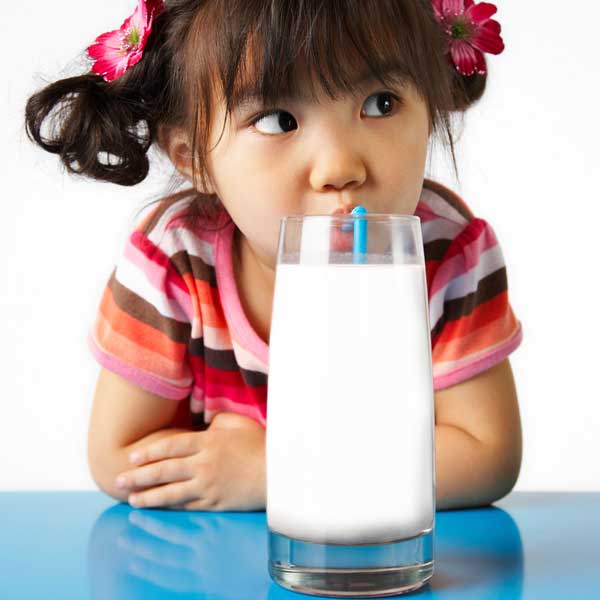Many of today’s school teachers opt for dustless chalk to keep hands and classrooms clean. But according to a study published in the May issue of Annals of Allergy, Asthma & Immunology, the scientific journal of the American College of Allergy, Asthma and Immunology (ACAAI), this choice in chalk may cause allergy and asthma symptoms in students that have a milk allergy.
Casein, a milk protein, is often used in low-powder chalk. When milk allergic children inhale chalk particles containing casein, life-threatening asthma attacks and other respiratory issues can occur.
“Chalks that are labeled as being anti-dust or dustless still release small particles into the air,” said Carlos H. Larramendi, MD, lead study author. “Our research has found when the particles are inhaled by children with milk allergy, coughing, wheezing and shortness of breath can occur. Inhalation can also cause nasal congestion, sneezing and a runny nose.”
Milk allergy affects an estimated 300,000 children in the United States, according to the ACAAI. Although it has been believed the majority of children will outgrow milk allergy by age three, recent studies contradict this theory, showing school aged children are still affected. However, 80 percent of children with milk allergy will likely outgrow it by age 16.
“Chalk isn’t the only item in a school setting that can be troublesome to milk allergic students,” said James Sublett, MD, chair of the ACAAI Indoor Environment Committee. “Milk proteins can also be found in glue, paper, ink, and in other children’s lunches.”
Even in the wake of whiteboards, overhead projectors and tablets, chalk is a classroom staple that likely won’t become extinct anytime soon. Parents with milk allergic children should ask to have their child seated in the back of the classroom where they are less likely to inhale chalk dust, advises Sublett.
“Teachers should be informed about foods and other triggers that might cause health problems for children,” said Sublett. “A plan for dealing with allergy and asthma emergencies should also be shared with teachers, coaches and the school nurse. Children should also carry allergist prescribed epinephrine, inhalers or other life-saving medications.”
If your child is sneezing and wheezing at school, you should see a board-certified allergist for proper testing, diagnosis and treatment.
Source: Allergist
- Advertisement -
Date Created: May 11, 2013










